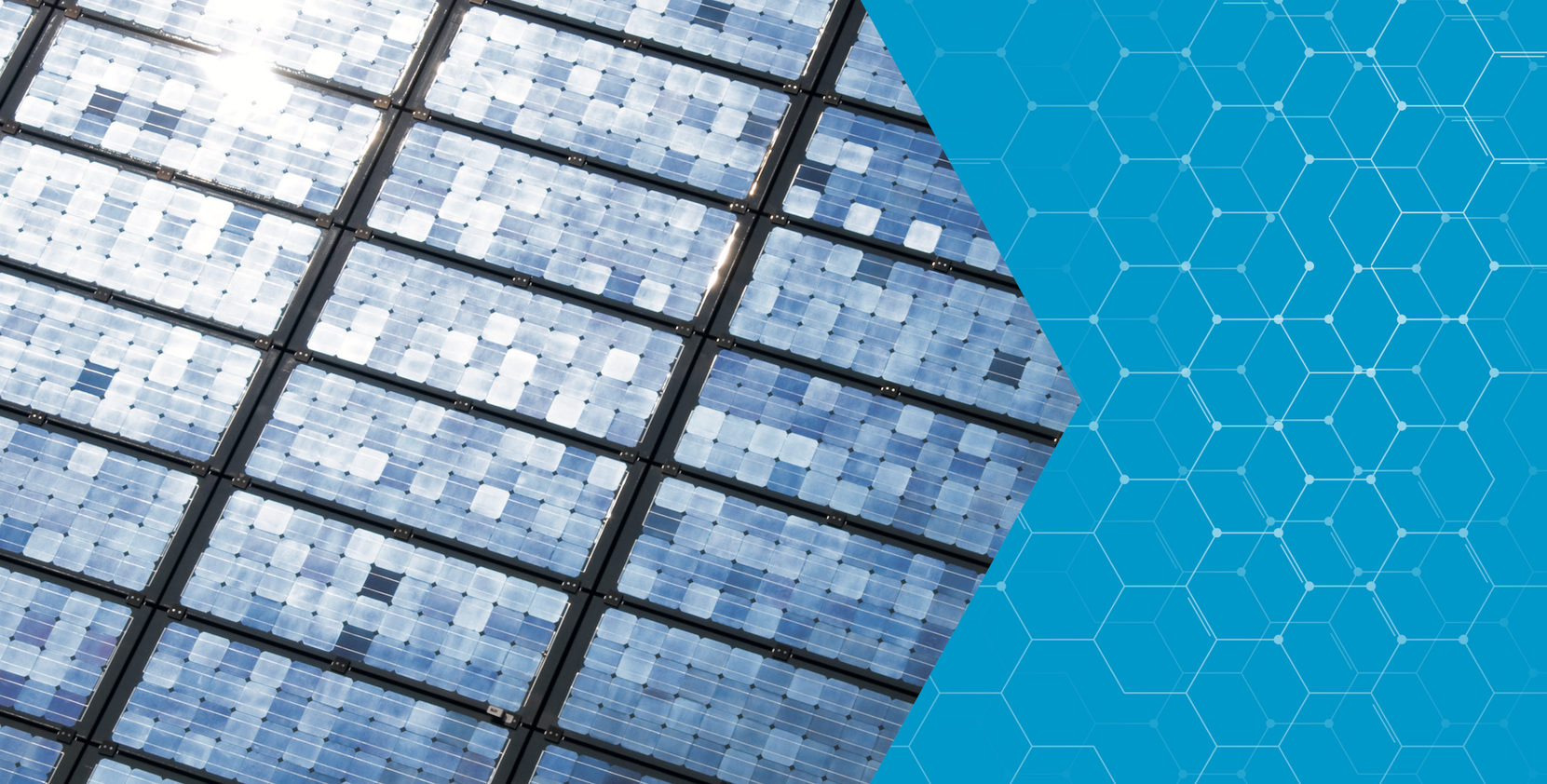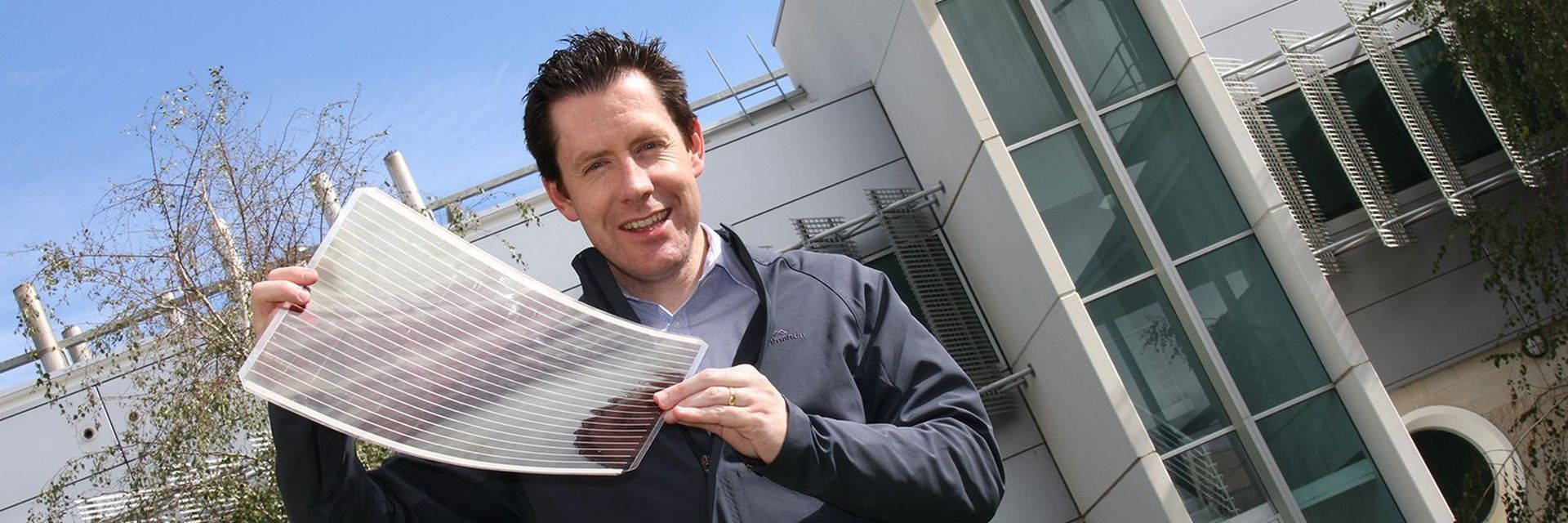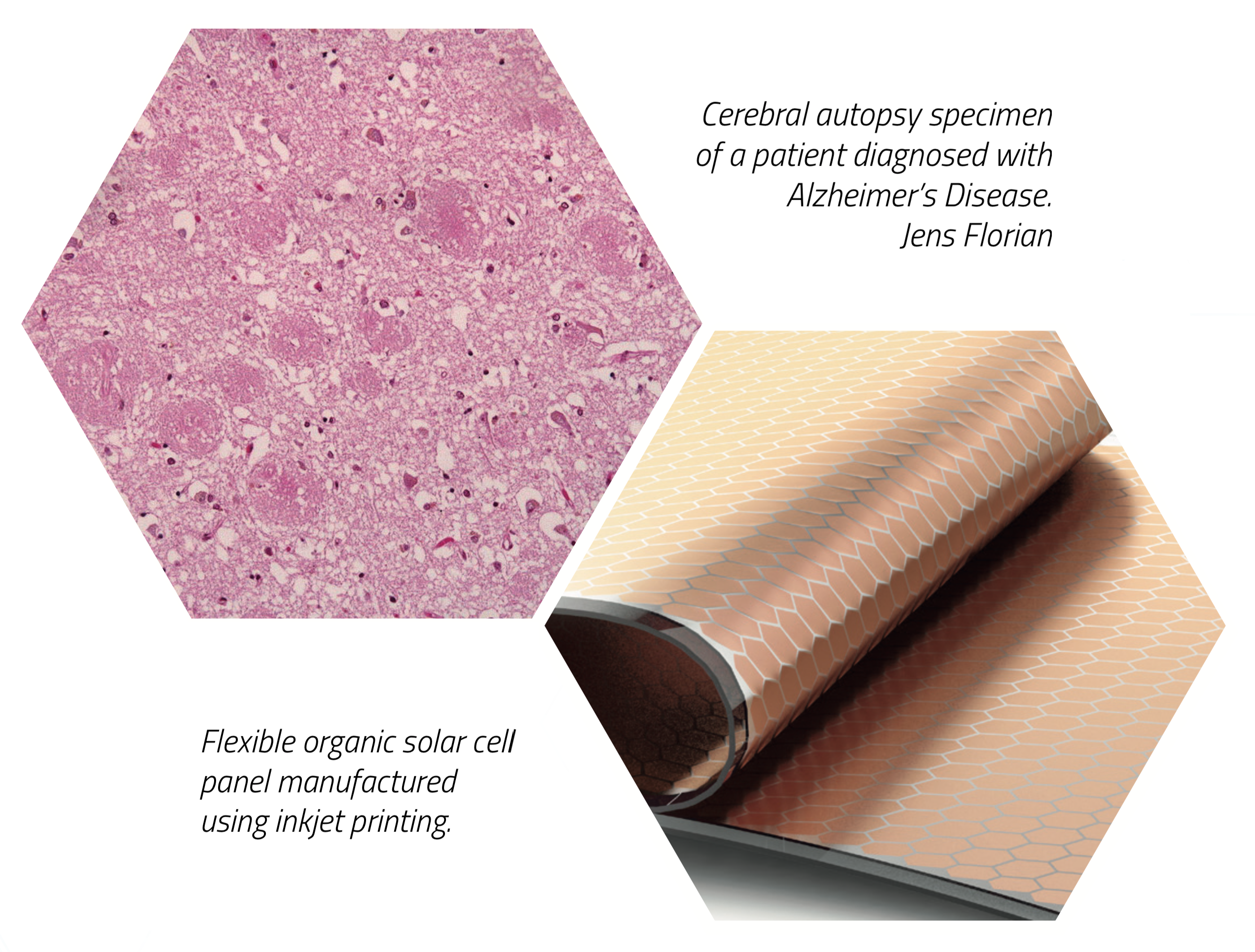
Lighting the way to next generation solar energy
Can solar technology keep pace with the sustainable energy systems of the future?
Research at the European Spallation Source will contribute to the development of organic solar cells, paving the way to higher performing and less expensive solar energy devices and encouraging their widespread deployment.
Sunlight is the most abundant energy source on planet Earth. It is clean and renewable, and scientists have been working to find better ways to exploit its potential for more than a century.
While many commercial solar energy systems are already in use around the world, the industry continues to face significant challenges that prevent a wider reliance on solar energy as a primary energy source. One of the biggest challenges is the cost of production for solar energy systems that use silicon-based solar cells. Another major challenge is that traditional solar energy systems are composed of thick, rigid sheets that require fixed installation points, a constraint that limits their applications and aesthetic appeal.
Organic solar cells are a promising alternative to silicon-based cells. Unlike their bulky cousins, they are lightweight and can both bend and be made transparent, delivering a more versatile, attractive and inexpensive solar energy solution. There remains a major barrier to their broader application, however: they are currently very inefficient. The reason for this, and its solution, lies at the nanoscale.
Organic solar cells work by placing a mixture of polymers between two conductive layers. Upon illumination, the polymer mixture converts photons from sunlight into electron movement, which in turn is captured by the conductive layers as a voltage across the device. These polymers play different roles in converting photons into a current, and must work in tandem across the whole length of the solar cell. To achieve this, the polymers must be mixed at the nanoscale, but they do not naturally mix well. There are, therefore, many processing steps required to achieve a distribution that will deliver optimum efficiencies.
Scientists are able to look at the polymer structures and measure the electrical properties of an inert solar cell, but it is not currently possible to analyse a cell while it is operating. Understanding changes in the arrangement of polymers as the cell warms up, for example, or as it discharges a current, is crucial to our ability to exploit this exceptional technology for everyday use.
What will we see at ESS?
Neutrons are particularly well suited to analysing the nanoscale polymer mixture of an organic solar cell and neutron scattering remains one of the keys to solving the efficiency puzzle. The high intensity of the ESS neutron source brings these research capabilities to the next level, opening up the field to breakthrough discoveries.
The ESS instrument LOKI, together with its state-of-the-art sample environment equipment, will enable scientists to simultaneously highlight the actions of multiple system components while they are subjected to multiple environmental conditions. These include the temperature fluctuations and physical stresses experienced by organic solar cell polymers during operation. Only with the unprecedented neutron brightness of ESS is it possible to assemble this remarkably complex matrix of data.
LOKI’s appetite for complexity, combined with its ability to conduct experiments while a solar cell is in operation, means it will give scientists an unprecedented look at how to optimise the efficiency of organic solar cells. Successful optimisation will make the technology suitable for mainstream use, enabling a dramatic reduction in the cost of solar energy systems and positioning solar energy as a truly ubiquitous clean energy source.
Beyond solar cells
While it will address a broad range of materials and natural science challenges, LOKI is also optimised to perform experiments in the life sciences. For example, LOKI will help to improve our understanding of the biological processes behind ageing and certain diseases. The instrument may be used, for instance, to analyse the amyloid plaque deposits that disrupt brain function in Alzheimer’s patients. Such studies will inform new forms of prevention or treatment in the future, thereby contributing to not only a healthier planet but healthier people as well.
LOKI
LOKI is a small-angle neutron scattering (SANS) instrument designed to support experiments facing high complexity and heterogeneity, which are typical in the fields of soft matter, biophysics and materials science.
Fifteen instruments are currently under construction at ESS.
The in-kind partner institutions collaborating with ESS to design and build LOKI are:
This feature is part of an ongoing Future Science series; a set of stories highlighting some of the research opportunities that will be made possible by instruments currently under construction at ESS.





























